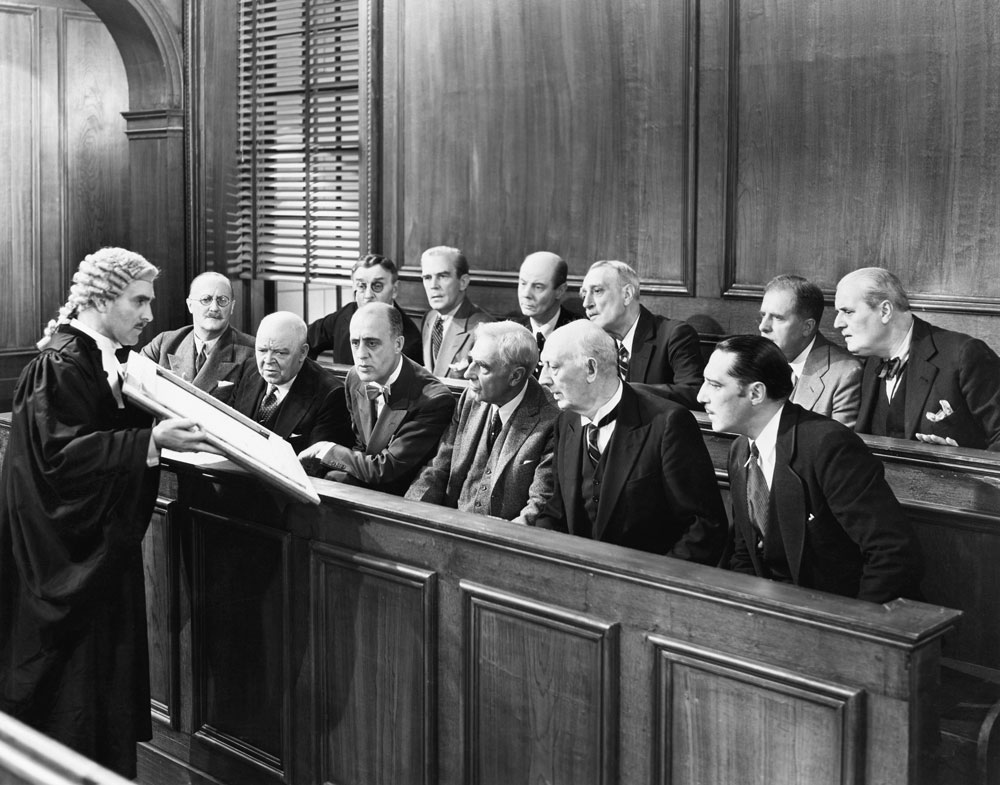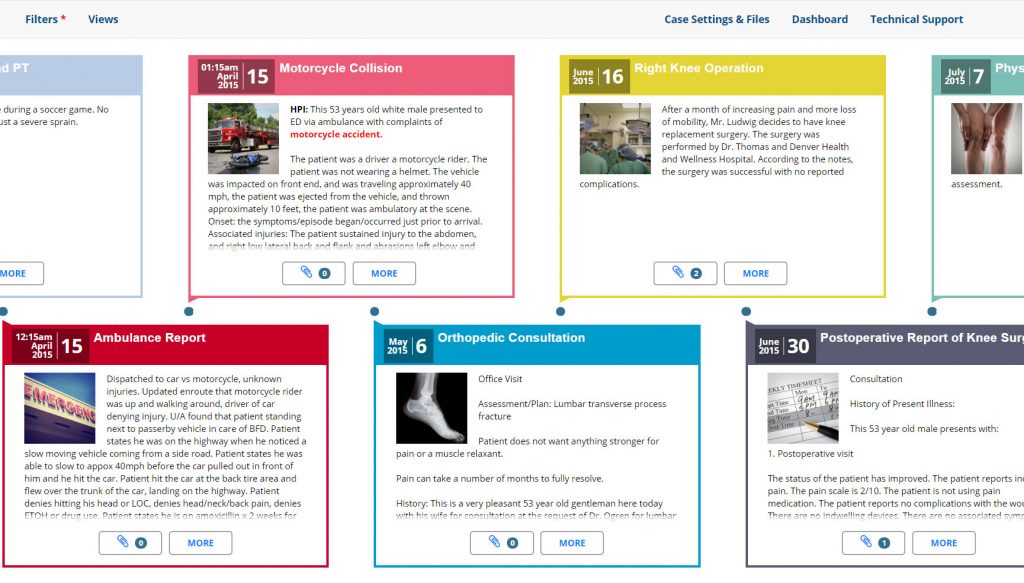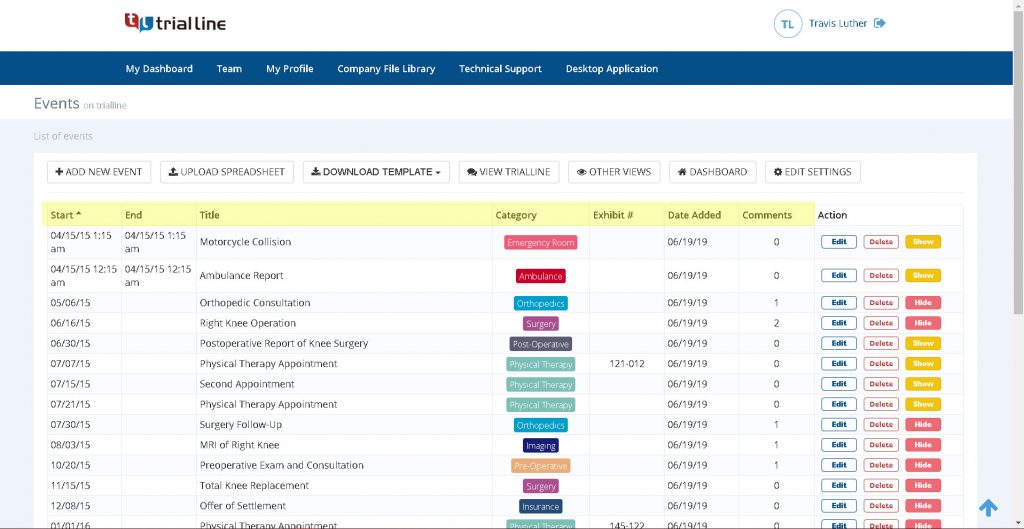Research has shown that one of the most effective ways to communicate information clearly and persuasively, is through the use of visual cues. There are a number of benefits to using visuals, all of which should be very interesting to attorneys:
- Better retention – The brain is extremely good at encoding images and recalling them at a later time. Studies have shown that connecting concepts and ideas to meaningful images can improve the recall of those concepts and ideas.
- Faster comprehension – The human brain is capable of processing images very quickly, and of gleaning a remarkable amount of detail in just a brief period of time.
- Deeper understanding – Images communicate information without using language, which engages the mind in non-linguistic ways, which can lead to deeper understanding of a subject, and even emotional responses.
Combine the benefits of using visual aids with the tendency of human beings to think linearly, and it becomes clear how using a fact chronology or visual trial timeline in your legal work, can be a powerful way not only to communicate the important facts of your case to others, but also to solidify and understand the facts in your own mind.

Learning Styles
When it comes to the learning and retention of information, what may be right for one person, won’t necessarily work as well for another.
Experts have long tried to understand the different ways that people learn, and this work has resulted in the creation of a number of different learning models.
One popular version of these models, the VARK modalities, states that there are primarily four types of ways that people learn:
- Visual – People who learn best by seeing information.
- Auditory – People who learn best by hearing information.
- Reading/Writing – People who learn best by interacting with text.
- Kinesthetic – People who learn best by engaging in hands on activities.
While the accuracy of these theories, and the idea that people tend to fall into one group or another, can be debated, this theory does at least correctly describe in many ways, how people learn.
In a courtroom, in front of a jury, many attorneys rely predominantly on teaching that jury the facts of a case using auditory teaching methods. The lawyer makes opening and closing statements that summarize the facts of the case, and during trial engages with witnesses to prove or disprove claims.
The jury writes down notes in response to the information they’re hearing, and by doing that help themselves to retain information using reading/writing methods.

The courtroom being what it is, a serious place to decide important legal matters, there aren’t many opportunities for lawyers to teach the jury using kinesthetic methods. But, more and more, attorneys are learning that they can, and should engage the jury visually.
Visual demonstratives have great value in the courtroom. Research has shown that people learn best, and the brain is most active, when all of their senses are engaged.
Teaching the facts of your case using not just strong testimony and compelling questioning, but also engaging multimedia aids, helps create a deeper understanding in your audience, and that can help improve fact retention.
Visual Trial Timelines Are Persuasive
Visual trial timelines are very effective ways to present the facts in your case because human beings have a pervasive habit of thinking linearly. The world may grow exponentially, but most of us still think in a straight line most of the time. We perceive time as moving linearly, event after event, cause and effect, and it’s how we move through our days.

For these reasons, the linearity inherent in a timeline can be effectively used by the smart attorney to help people understand the important details in a legal matter. By taking the audience through the important events of a case, one by one, and showing the cause and effect between those events, you create a clear and compelling storyline in their minds.
A carefully constructed trial timeline takes advantage of the benefits of teaching visually, and combines it with a linear story line that is easy to understand. This makes timelines one of the most valuable demonstrative tools in their repertoire, and can help lead to better results for the attorney and their client.

TrialLine Attorney Timeline Software
 TrialLine is a cloud-based mediation and trial presentation timeline tool for attorneys that want to create efficient and easy to use legal chronologies for their cases. With TrialLine, you can easily organize and share your case events and related documents with staff, experts, juries, opposing counsel, and other attorneys. It’s completely web-based, and can be accessed and shared through any internet connection on any device. Sign up now to try it FREE FOR 14 DAYS!
TrialLine is a cloud-based mediation and trial presentation timeline tool for attorneys that want to create efficient and easy to use legal chronologies for their cases. With TrialLine, you can easily organize and share your case events and related documents with staff, experts, juries, opposing counsel, and other attorneys. It’s completely web-based, and can be accessed and shared through any internet connection on any device. Sign up now to try it FREE FOR 14 DAYS!





